Home>Garden Essentials>How To Germinate Sapote Mamey Africano
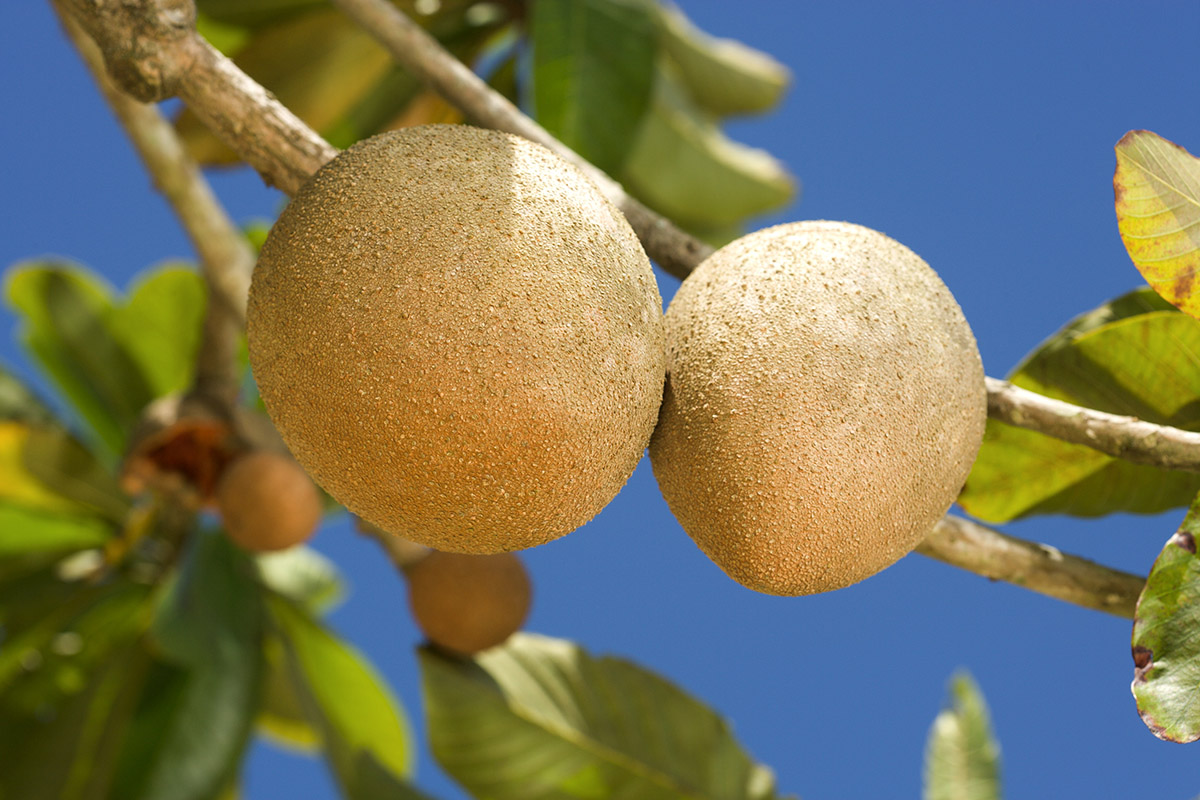

Garden Essentials
How To Germinate Sapote Mamey Africano
Modified: March 15, 2024
Learn how to germinate sapote mamey africano in your garden and enjoy delicious, tropical fruit. Expert tips and step-by-step guide.
(Many of the links in this article redirect to a specific reviewed product. Your purchase of these products through affiliate links helps to generate commission for Storables.com, at no extra cost. Learn more)
Introduction
Welcome to the world of gardening! There’s something truly magical about watching a tiny seed transform into a beautiful plant, and the excitement of growing your own food or creating a vibrant garden space never gets old. If you’re an avid gardener or just starting out on your green-thumb journey, you may have come across the Sapote Mamey Africano, a unique and exotic fruit tree that is native to Central and South America. In this article, we will guide you through the process of germinating Sapote Mamey Africano seeds, so you can experience the joy of growing this delicious and fascinating tree in your own backyard.
Before we delve into the germination process, it’s important to understand a bit about the Sapote Mamey Africano and what makes it such a remarkable plant. The Sapote Mamey Africano, scientifically known as Pouteria sapota, belongs to the Sapotaceae family, which includes over 800 species of tropical evergreen trees and shrubs. It is commonly called Mamey Sapote, Zapote Negro, or Mamey Negro, and is highly prized for its sweet and creamy fruit.
The Mamey Africano tree can grow up to 50 feet in height and features glossy, dark green leaves that provide a lush backdrop to its stunning flowers. The fruit itself is large, oval-shaped, and can weigh up to 2 pounds. It has a tough, brown skin that encases the sweet, orange flesh, which has a custard-like texture and a unique flavor reminiscent of sweet potatoes and sweetened pumpkin pie.
Now that we have a better understanding of the Sapote Mamey Africano, it’s time to dig into the process of germinating its seeds. By following the steps outlined in this guide, you’ll increase your chances of successful germination and give your Mamey Africano seeds the best possible start in life. So, let’s get started!
Key Takeaways:
- Experience the magic of growing your own Sapote Mamey Africano tree from seeds, and enjoy the unique flavor of its sweet, custard-like fruit reminiscent of sweet potatoes and pumpkin pie.
- By selecting fresh seeds, creating a warm and moist germination environment, and providing proper care, you can successfully grow healthy Mamey Africano seedlings and transplant them for a fruitful garden adventure.
Read more: How To Germinate Okra
Understanding Sapote Mamey Africano
Before we dive into the details of germinating Sapote Mamey Africano seeds, it’s important to have a solid understanding of the tree itself. The Sapote Mamey Africano, also known as Pouteria sapota, is a tropical fruit tree that is native to Central and South America. It is a member of the Sapotaceae family, which includes other popular fruit trees like the sapodilla and canistel.
The Mamey Africano tree is known for its large size, with heights reaching up to 50 feet. It has a dense, evergreen canopy of glossy, dark green leaves that provide shade and beauty to any garden. However, keep in mind that this tree requires a warm climate to thrive, as it cannot withstand temperatures below 30 degrees Fahrenheit.
One of the most appealing aspects of the Sapote Mamey Africano is its fruit. The Mamey Africano fruit is large, oval-shaped, and can weigh several pounds. It has a rough, brown outer skin that is thick and tough, protecting the sweet, orange flesh inside. The flesh is often described as creamy, with a taste that is similar to a blend of sweet potato and pumpkin pie. Eating a ripe Mamey Africano fruit is a delight for the senses!
In addition to its delicious flavor, the Mamey Africano fruit is packed with nutrients. It is a good source of vitamins A and C, as well as minerals like potassium and calcium. The fruit is also high in fiber, making it a healthy addition to any diet.
Not only is the fruit of the Mamey Africano tree highly coveted, but it also has cultural significance in many regions of its native habitat. In some communities, the tree is considered a sacred symbol of fertility and abundance. The fruit is used in various dishes and desserts, and the tree itself is often planted for its ornamental value.
Now that we have a better understanding of the Sapote Mamey Africano tree and its fruit, let’s move on to the exciting process of germinating its seeds. By following the steps in the next sections, you’ll be on your way to growing your own Mamey Africano tree and enjoying its delicious fruits in no time!
Step 1: Selecting the Right Seeds
When it comes to germinating Sapote Mamey Africano seeds, selecting the right seeds is crucial for achieving successful germination and healthy plant growth. Here are some key factors to consider when choosing your Mamey Africano seeds:
- Freshness: Opt for fresh seeds whenever possible. Fresh seeds have a higher chance of germination compared to older, dry seeds. If you have access to a Mamey Africano tree, you can collect seeds directly from the ripened fruits. Otherwise, consider purchasing seeds from a reputable source.
- Size and Shape: Look for seeds that are uniform in size and have a smooth, intact outer shell. Avoid seeds that are discolored, cracked, or damaged, as they may have a lower chance of germination.
- Weight: Heavy seeds are generally healthier and more likely to germinate successfully. When selecting your Mamey Africano seeds, choose seeds that feel dense and heavy in your hand.
- Viability: To determine seed viability, you can perform a float test. Fill a bowl with water and gently place the seeds in it. If the seeds sink to the bottom, they are more likely to be viable. Seeds that float may be less likely to germinate due to lower overall quality.
It’s worth mentioning that not all Mamey Africano seeds will germinate, regardless of how carefully you select them. This is a natural occurrence, and it’s essential to ensure you have enough seeds to increase your chances of success. Aim to select at least five to ten seeds for germination to account for any potential non-germinating seeds.
Once you have selected your Mamey Africano seeds, it’s time to move on to the next step: preparing the germination environment. With the right seeds in hand, you are well on your way to growing your very own Mamey Africano tree!
Step 2: Preparing the Germination Environment
Creating the right germination environment is crucial for the successful sprouting of your Sapote Mamey Africano seeds. The ideal conditions will provide the necessary warmth and moisture for the seeds to break dormancy and start growing. Here are the steps to prepare the germination environment:
- Choose a suitable container: You will need a container that is deep enough to accommodate the growing roots of the seedlings. Consider using seedling trays, small pots, or seedling flats with drainage holes to prevent waterlogging.
- Fill the container with potting mix: Use a well-draining potting mix that is rich in organic matter. This will provide the necessary nutrients for the seeds to germinate and grow. Avoid using heavy garden soil, as it can lead to poor drainage and hinder root development.
- Moisten the potting mix: Before sowing the seeds, moisten the potting mix by watering it lightly. Ensure that the mix is evenly damp but not soaking wet. Excess moisture can lead to rotting of the seeds.
- Create a warm environment: Place the container in a warm location or use a propagation heat mat to provide consistent warmth. The optimal temperature for germinating Mamey Africano seeds is around 80-85 degrees Fahrenheit (27-29 degrees Celsius).
- Provide indirect light: Place the container in a location that receives bright, indirect light. Avoid placing it in direct sunlight, as this can cause the potting mix to dry out too quickly and harm the developing seeds.
- Maintain humidity: Cover the container with a clear plastic dome or place it in a plastic bag to create a humid environment. This will help retain moisture and increase the chances of successful germination.
By following these steps, you will create an ideal germination environment for your Mamey Africano seeds. The warmth, moisture, and indirect light will encourage the seeds to sprout and start their journey towards becoming thriving Mamey Africano seedlings.
Next, we will move on to Step 3: soaking the Mamey Africano seeds to prepare them for germination. So, let’s dive in and continue our journey of growing this marvelous tree!
Step 3: Soaking the Seeds
Before sowing your Sapote Mamey Africano seeds, it is advisable to give them a good soak. Soaking the seeds helps to soften the outer seed coat and kickstart the germination process. Here’s how to properly soak the Mamey Africano seeds:
- Gather your seeds: Collect the selected Mamey Africano seeds that you prepared in the previous step.
- Prepare a container: Choose a container that is large enough to hold all the seeds you have selected. It should also have enough room for the seeds to expand and absorb water. A shallow dish or a glass jar works well for soaking the seeds.
- Add water: Fill the container with room-temperature water, ensuring that it covers the seeds completely.
- Soak the seeds: Place the Mamey Africano seeds into the container of water and let them soak for 24 to 48 hours. During this time, the seeds will absorb water and soften the seed coat, which will aid in germination.
- Monitor the water temperature: It’s important to keep the water at a constant temperature during the soaking period. Aim for a temperature of around 80-85 degrees Fahrenheit (27-29 degrees Celsius).
- Change the water (optional): If you notice any cloudy or stagnant water, or if you prefer to maintain optimal conditions, you can change the water once during the soaking period.
After the soaking period, you should start to see some changes in the seeds. The outer seed coat may show signs of swelling or cracking, indicating that the seeds are ready for planting.
Soaking the Mamey Africano seeds is a simple but essential step in the germination process. It helps to break the seeds’ dormancy and allows them to absorb the necessary moisture to begin sprouting. Once the seeds have been soaked, it’s time to move on to Step 4: creating a seed bed to provide an optimal growing environment for the seeds.
To germinate sapote mamey africano seeds, soak them in water for 24 hours, then plant them in well-draining soil. Keep the soil consistently moist and provide warmth for successful germination.
Read more: How To Germinate Pecans
Step 4: Creating a Seed Bed
Creating a suitable seed bed is crucial for providing the optimal growing conditions for your Sapote Mamey Africano seeds. A well-prepared seed bed allows for proper drainage, aeration, and nutrient availability. Here’s how to create a seed bed for your Mamey Africano seeds:
- Select a planting container: Choose a container that is at least 4 inches deep and has drainage holes at the bottom. This will ensure that excess water can escape, preventing waterlogging and root rot.
- Fill the container with potting mix: Use a high-quality, well-draining potting mix that is rich in organic matter. This will provide the right balance of moisture retention and drainage for the seeds.
- Level the soil: Gently level the potting mix in the container, ensuring it is evenly distributed and free of any large clumps or debris.
- Add organic matter: Incorporate some organic matter, such as compost or well-rotted manure, into the potting mix. This will enhance the soil’s fertility and provide essential nutrients for seedling growth.
- Moisten the soil: Before planting the seeds, water the potting mix lightly to ensure it is evenly moist. Avoid overwatering, as this can lead to waterlogged conditions.
- Sow the seeds: Make small indentations in the soil about 1 inch deep. Place the soaked Mamey Africano seeds in the holes, spacing them at least 3 inches apart. Gently cover the seeds with a thin layer of soil.
It is important to note that Mamey Africano seeds are typically sown directly into their permanent containers, as they do not transplant well once their taproot develops. Therefore, it’s best to use individual seedling pots or biodegradable peat pots that can be planted directly into the ground later.
After sowing the seeds, mist the surface of the soil with water to provide additional moisture. Place the container in a warm, well-lit area, ensuring it receives bright, indirect light. Avoid placing the container in direct sunlight, as it can cause the soil to dry out too quickly and hinder germination.
With a well-prepared seed bed, your Mamey Africano seeds will have a favorable environment to sprout and establish roots. Now it’s time to move to Step 5: planting the seeds and starting their growth journey!
Step 5: Planting the Seeds
Now that you have prepared the seed bed, it’s time to plant your Sapote Mamey Africano seeds and give them the opportunity to grow into healthy seedlings. Follow these steps to properly plant the seeds:
- Prepare the planting holes: Using your finger or a small tool, create small holes in the prepared seed bed. The holes should be about 1 inch deep and spaced at least 3 inches apart to allow room for the roots to develop.
- Place the seeds: Carefully place one soaked Mamey Africano seed into each hole. Ensure the seeds are oriented with the pointed end facing downwards, as this is where the taproot will emerge.
- Cover the seeds: Gently cover the planted seeds with loosened soil, ensuring they are adequately buried but not overly compacted. Lightly press down on the soil to secure the seeds in place.
- Water the soil: After planting, water the soil lightly to settle it and provide initial moisture. Be careful not to overwater, as excessive moisture can lead to fungal diseases or rotting of the seeds.
- Label the container: Use plant labels or markers to identify the Mamey Africano seeds. Include the date of planting as a reference for future care and monitoring.
Once the seeds are planted, place the container in a warm and well-lit location, such as a greenhouse, windowsill, or under grow lights. Mamey Africano seeds require consistent warmth and bright, indirect light to facilitate germination and growth.
Keep the soil consistently moist, but not waterlogged, by watering gently whenever the top layer of the soil feels dry. Avoid letting the soil completely dry out, as this can hinder germination and seedling development.
With the seeds now planted, it’s time to provide proper care to ensure their success. In Step 6, we will explore the essential care steps needed for healthy Mamey Africano seedlings. So, let’s continue our journey of growing this extraordinary tree!
Step 6: Providing Proper Care
Proper care is crucial for the growth and development of your Sapote Mamey Africano seedlings. By providing the right conditions and care, you can ensure their health and encourage strong, vigorous growth. Follow these care guidelines for your Mamey Africano seedlings:
- Watering: Keep the soil consistently moist but not waterlogged. Water the seedlings gently whenever the top layer of the soil feels dry. Avoid overwatering, as it can lead to root rot and other moisture-related problems.
- Light and temperature: Place the seedlings in a warm location with bright, indirect light. Mamey Africano seedlings thrive in temperatures around 80-85 degrees Fahrenheit (27-29 degrees Celsius).
- Humidity: Maintain a humid environment for the seedlings to mimic their natural tropical habitat. You can achieve this by using a clear plastic dome or a humidity dome to cover the container. Mist the seedlings occasionally to provide additional moisture.
- Thinning: If more than one seedling sprouts from a planting hole, carefully thin them out to allow the strongest one to grow. Select the healthiest and most vigorous seedling and gently remove the others, taking care not to disturb the roots of the chosen seedling.
- Fertilization: After the seedlings have developed their first set of true leaves, you can begin fertilizing them. Use a balanced, water-soluble fertilizer diluted to half the recommended strength. Apply the fertilizer every two weeks during the growing season.
- Support: As the seedlings grow, they may benefit from some support to prevent them from becoming top-heavy or bending under their weight. Use bamboo stakes or plant supports to provide stability without damaging the delicate roots.
- Protection: Keep an eye out for pests and diseases that could potentially harm the seedlings. Monitor the leaves and stem regularly for any signs of damage, and take appropriate action if needed, such as using organic pest control methods or removing affected parts.
Throughout the care process, observe the Mamey Africano seedlings for any signs of stress or nutrient deficiencies. Adjust your care regimen accordingly to address any issues that may arise.
Remember to keep track of the growth progress and take note of any changes. This will help you gauge the health of the seedlings and make necessary adjustments to optimize their growth and vitality.
By providing proper care, you will give your Mamey Africano seedlings the best chance to thrive and prepare them for the final step: transplanting into their permanent location. So let’s move on to Step 7, where we’ll learn about transplanting the seedlings.
Step 7: Transplanting the Seedlings
Transplanting your Sapote Mamey Africano seedlings from their temporary containers to their permanent location is an exciting step in their journey towards becoming mature trees. By following proper transplanting practices, you can ensure a successful transition for your seedlings. Here’s how to transplant your Mamey Africano seedlings:
- Choose the right time: Transplant your Mamey Africano seedlings when they have grown larger and developed a strong root system. This is typically when they have reached a height of about 8-12 inches.
- Select a suitable location: Choose a permanent location for your Mamey Africano tree that receives ample sunlight and has well-draining soil. The spot should provide enough space for the tree to grow and allow for good air circulation.
- Prepare the planting hole: Dig a hole in the ground that is wide and deep enough to accommodate the root ball of the seedling. Ensure the hole is larger than the container size to allow ample room for the roots to spread.
- Remove the seedling from its container: Gently tap the sides of the container to loosen the root ball. Carefully lift the seedling out of the container, taking care not to damage the roots.
- Plant the seedling: Place the seedling into the planting hole, ensuring that the top of the root ball is level with or slightly above the ground level. Backfill the hole with soil, gently tamping it down to remove any air pockets.
- Water thoroughly: After planting, water the transplanted seedling thoroughly to settle the soil and provide hydration to the roots. Ensure the soil is evenly moist but not waterlogged.
- Stake for support: If necessary, provide support to the young tree by using stakes or ties. This will help stabilize the tree until its roots establish in the new location.
After transplanting, continue to provide regular care for the newly transplanted Mamey Africano tree. Monitor the moisture levels, provide proper nutrients, and protect the tree from extreme weather or pests. Be patient, as it may take several years for the sapling to grow and produce fruit.
Remember to give your Mamey Africano tree ample space to grow and thrive. With time, patience, and proper care, you will be rewarded with a mature tree that provides delicious fruits and adds beauty to your garden.
Congratulations! You have successfully completed all the steps to germinate your Sapote Mamey Africano seeds and grow them into healthy seedlings. Now you can sit back, watch your tree flourish, and enjoy the fruits of your gardening efforts.
Happy gardening!
Read more: How To Germinate A Bean
Conclusion
Growing your own Sapote Mamey Africano tree from seed is a rewarding journey that allows you to experience the wonders of nature and enjoy the delicious fruits it produces. By following the steps outlined in this guide, you have learned how to select the right seeds, prepare the germination environment, soak the seeds, create a seed bed, plant the seeds, provide proper care, and transplant the seedlings.
The Sapote Mamey Africano, with its tall stature, glossy green leaves, and delectable fruit, brings a touch of the tropics to your garden. Its unique flavor, reminiscent of sweet potatoes and sweetened pumpkin pie, makes the fruit a sought-after culinary delight.
Throughout the germination process, you have learned the importance of selecting fresh and viable seeds, preparing a suitable seed bed, soaking the seeds to aid in germination, and providing proper care to promote healthy growth. By creating a warm and moist environment, maintaining humidity, and ensuring adequate light, you have given your Mamey Africano seeds the best chance to sprout and develop into thriving seedlings.
Transplanting the seedlings into their permanent location is the final step in the journey. By choosing the right time, preparing the planting hole, and giving the seedlings a strong start, you have ensured their successful adaptation to their new surroundings. With ongoing care, you can look forward to watching your Mamey Africano tree grow into a mature, fruit-bearing marvel.
Remember that gardening is a journey that requires patience, diligence, and a deep appreciation for the beauty of nature. Enjoy every milestone, from the sprouting of the seeds to the harvest of the fruits. Cherish the moments spent nurturing your plants and revel in the joy of growing your own food.
Now that you have the knowledge and tools to germinate Sapote Mamey Africano seeds, it’s time to embark on your own gardening adventure. So gather your supplies, select your seeds, and let nature work its wonders. Happy gardening!
Frequently Asked Questions about How To Germinate Sapote Mamey Africano
Was this page helpful?
At Storables.com, we guarantee accurate and reliable information. Our content, validated by Expert Board Contributors, is crafted following stringent Editorial Policies. We're committed to providing you with well-researched, expert-backed insights for all your informational needs.
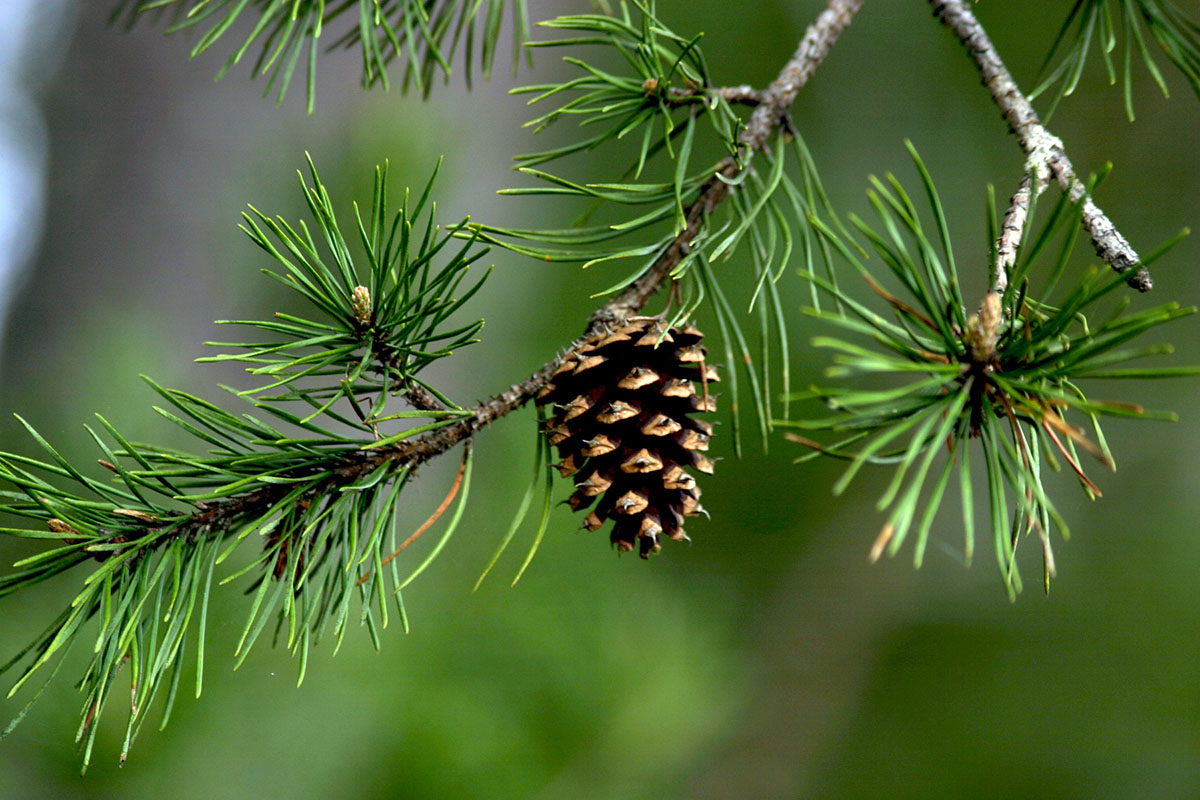
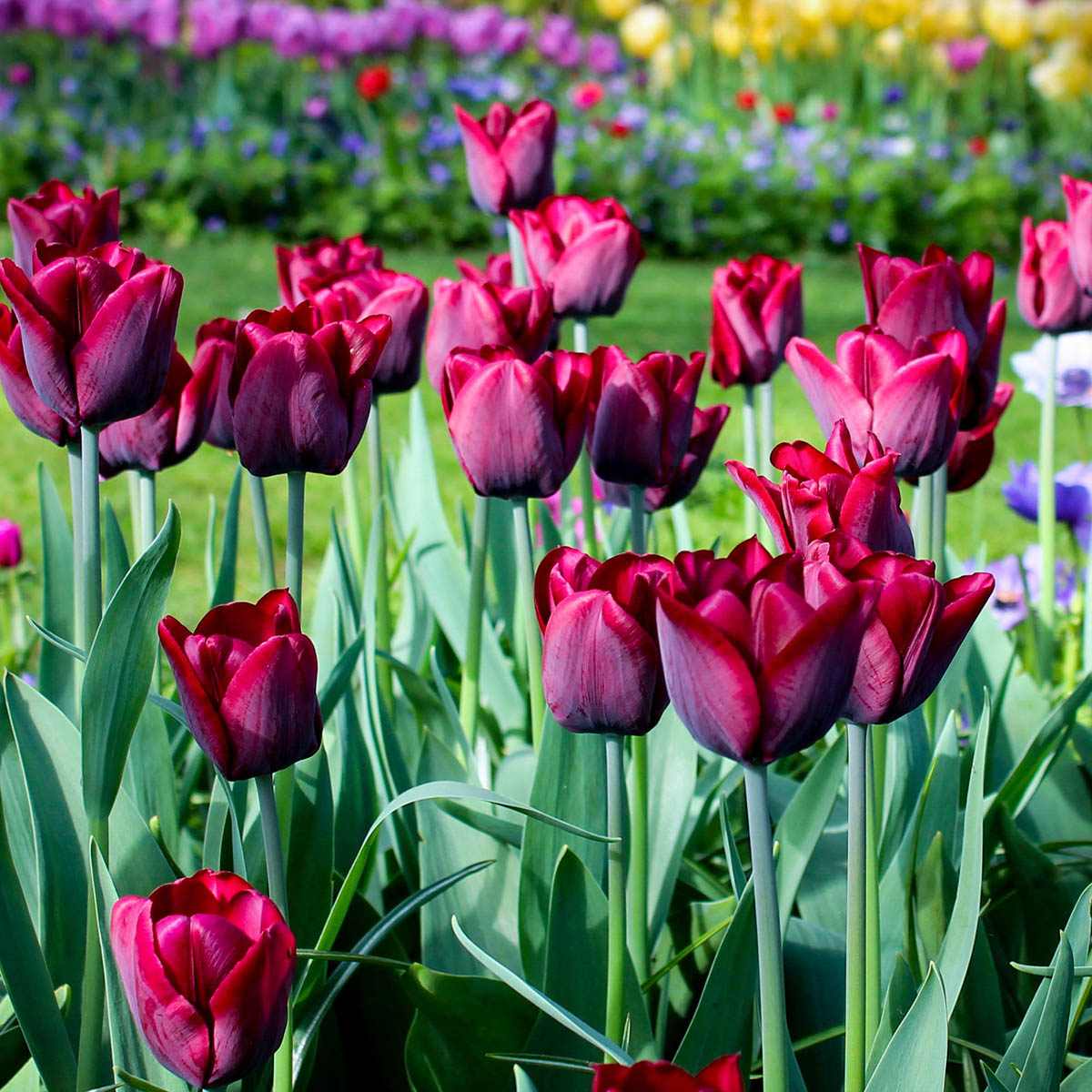
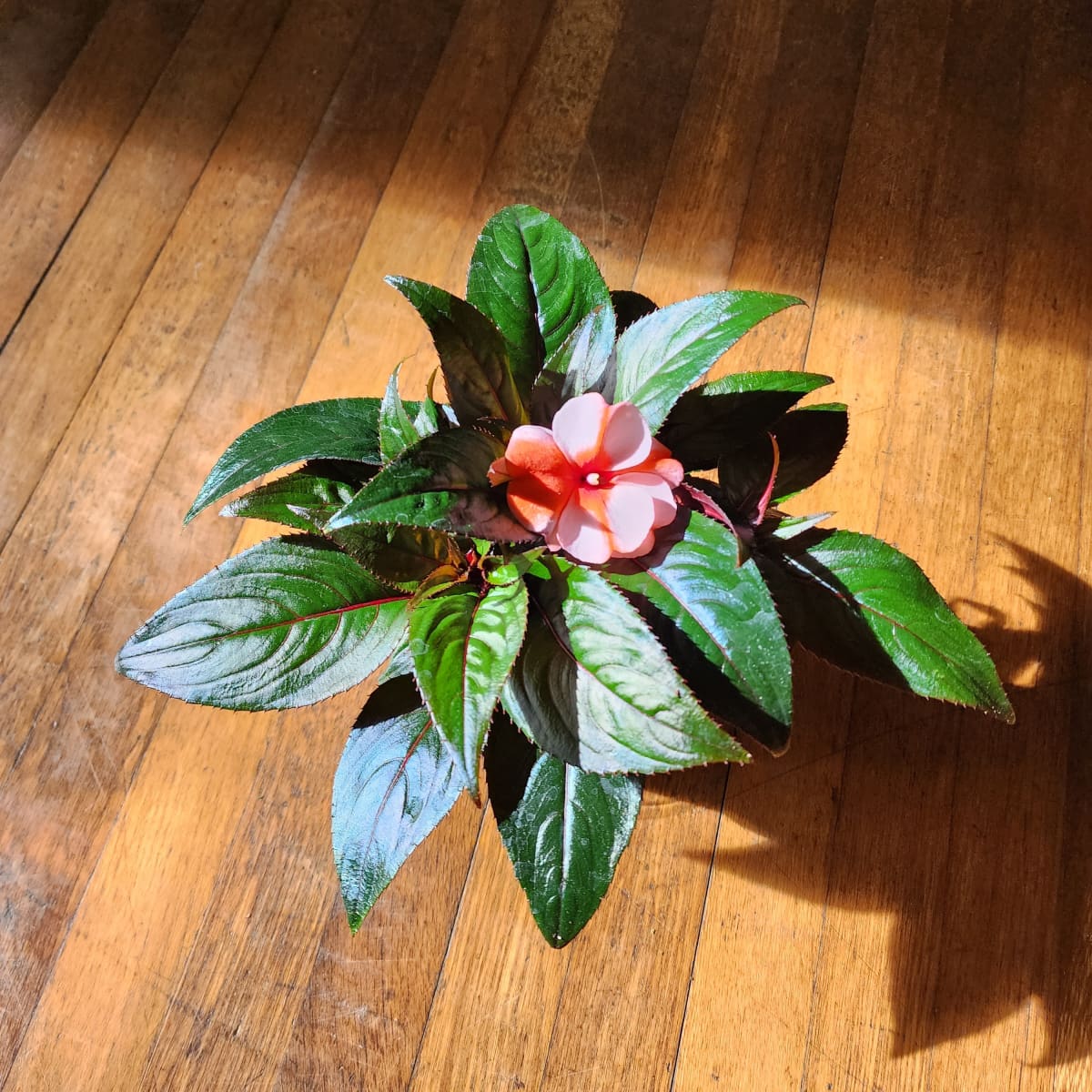
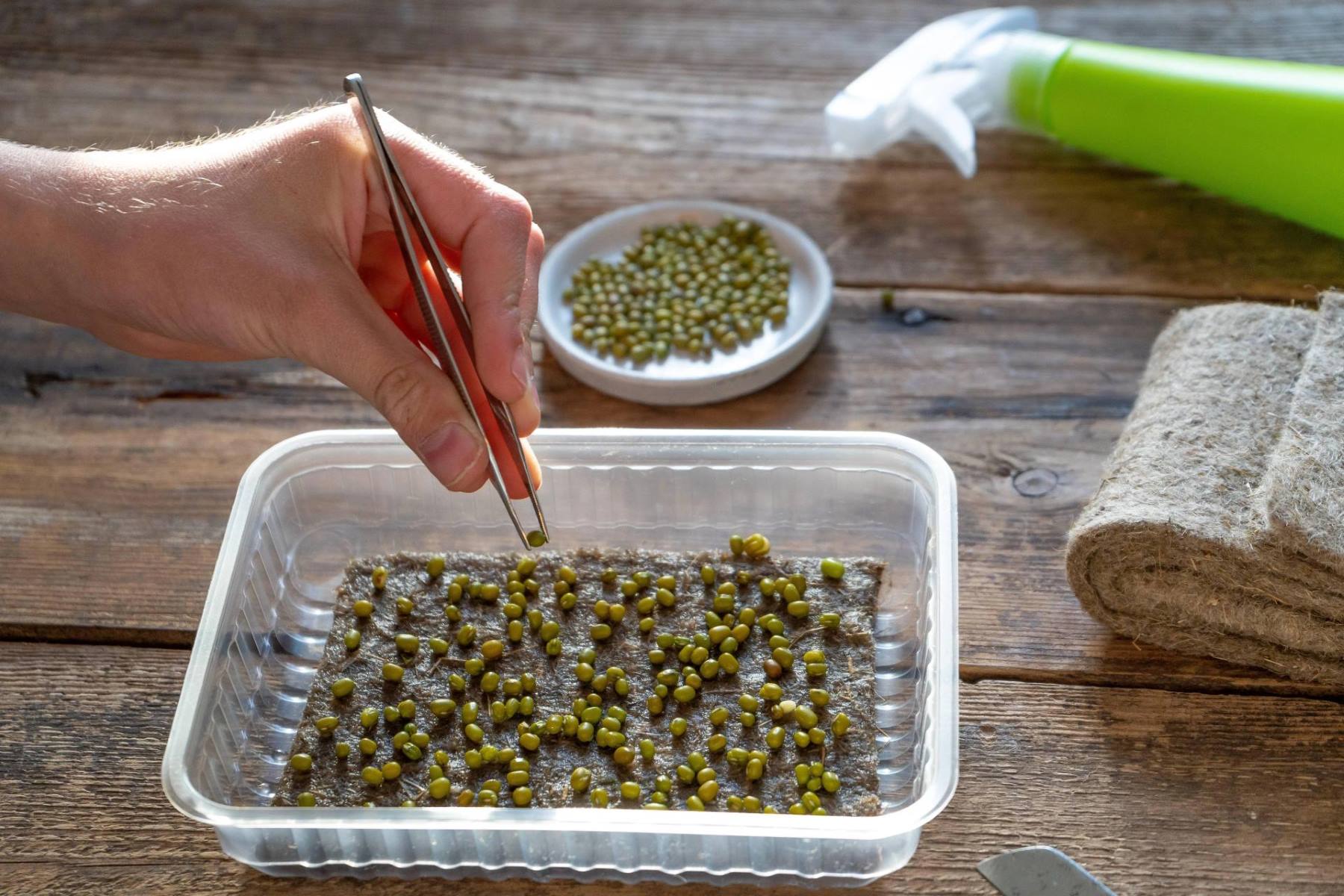
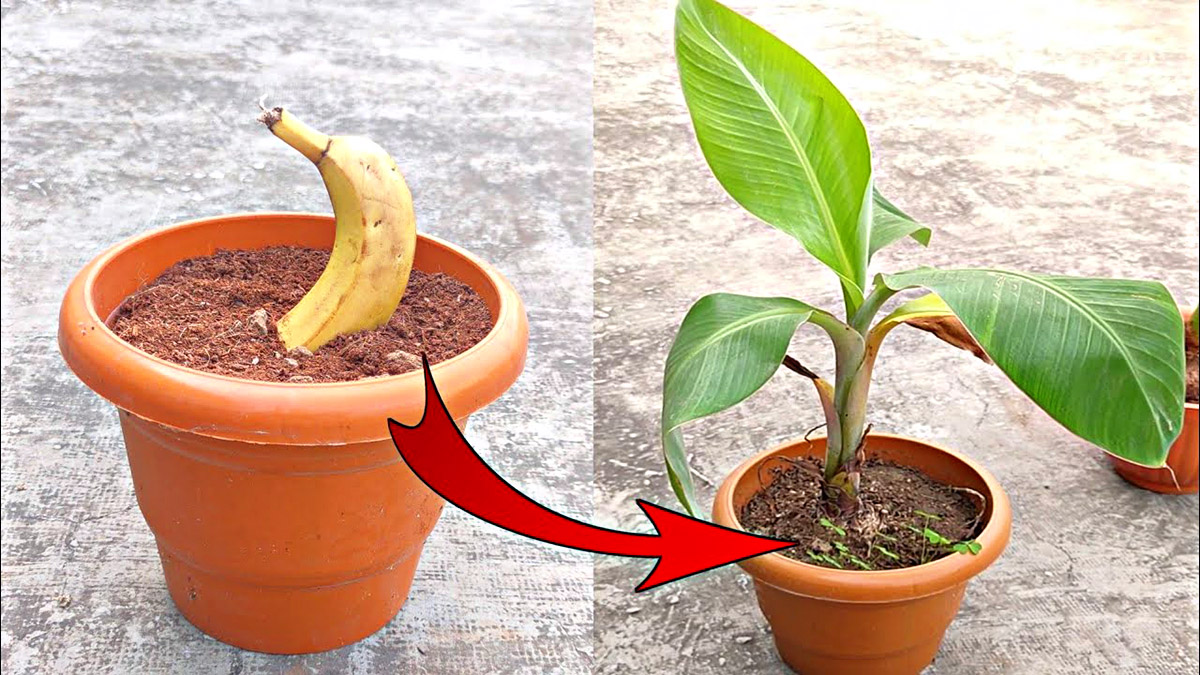
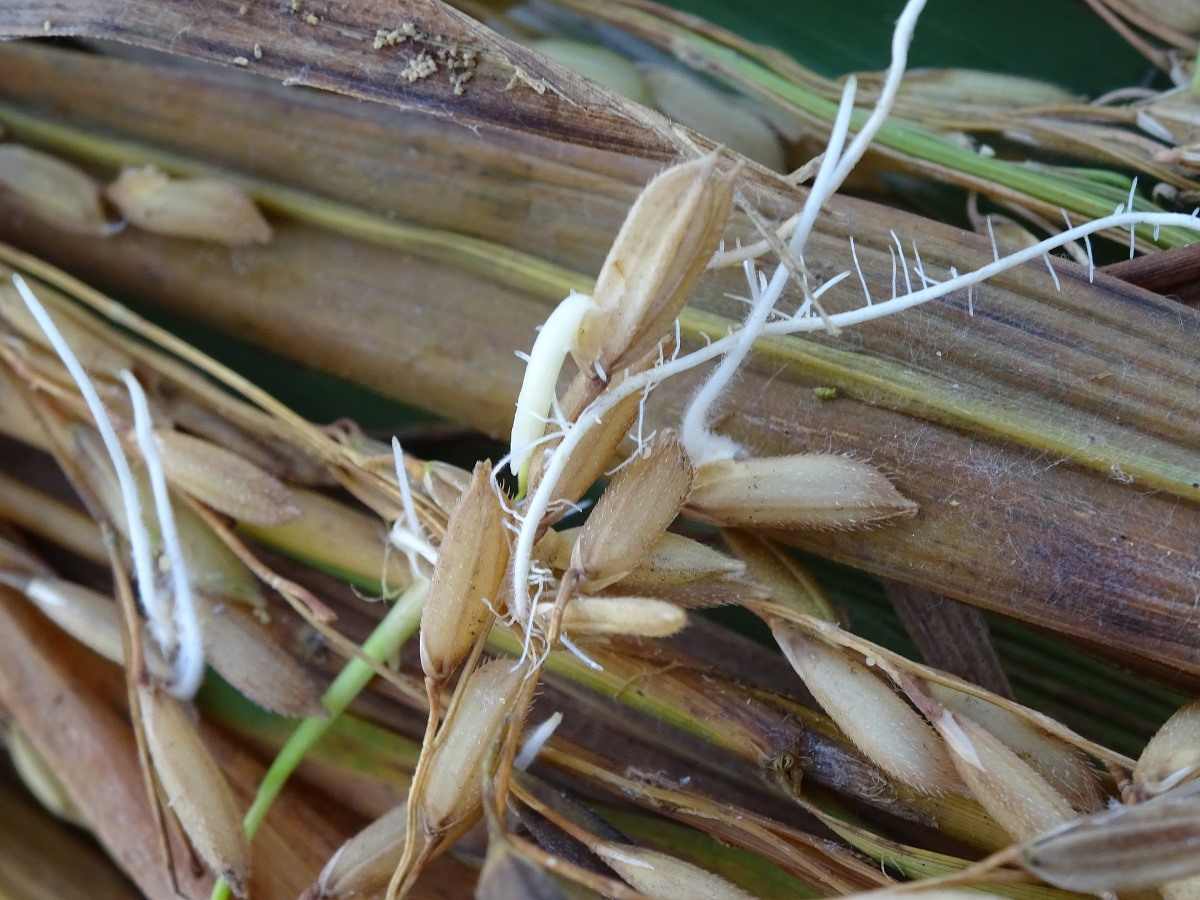

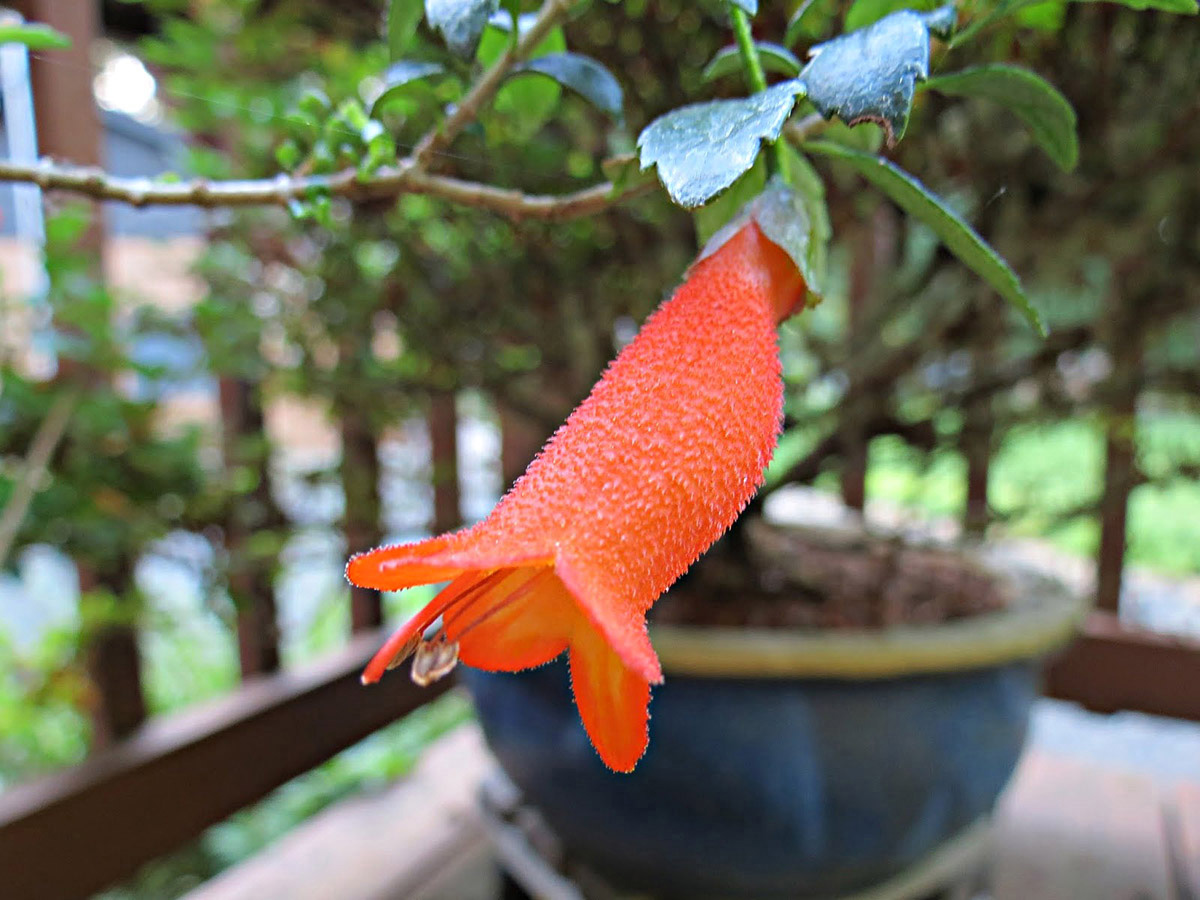
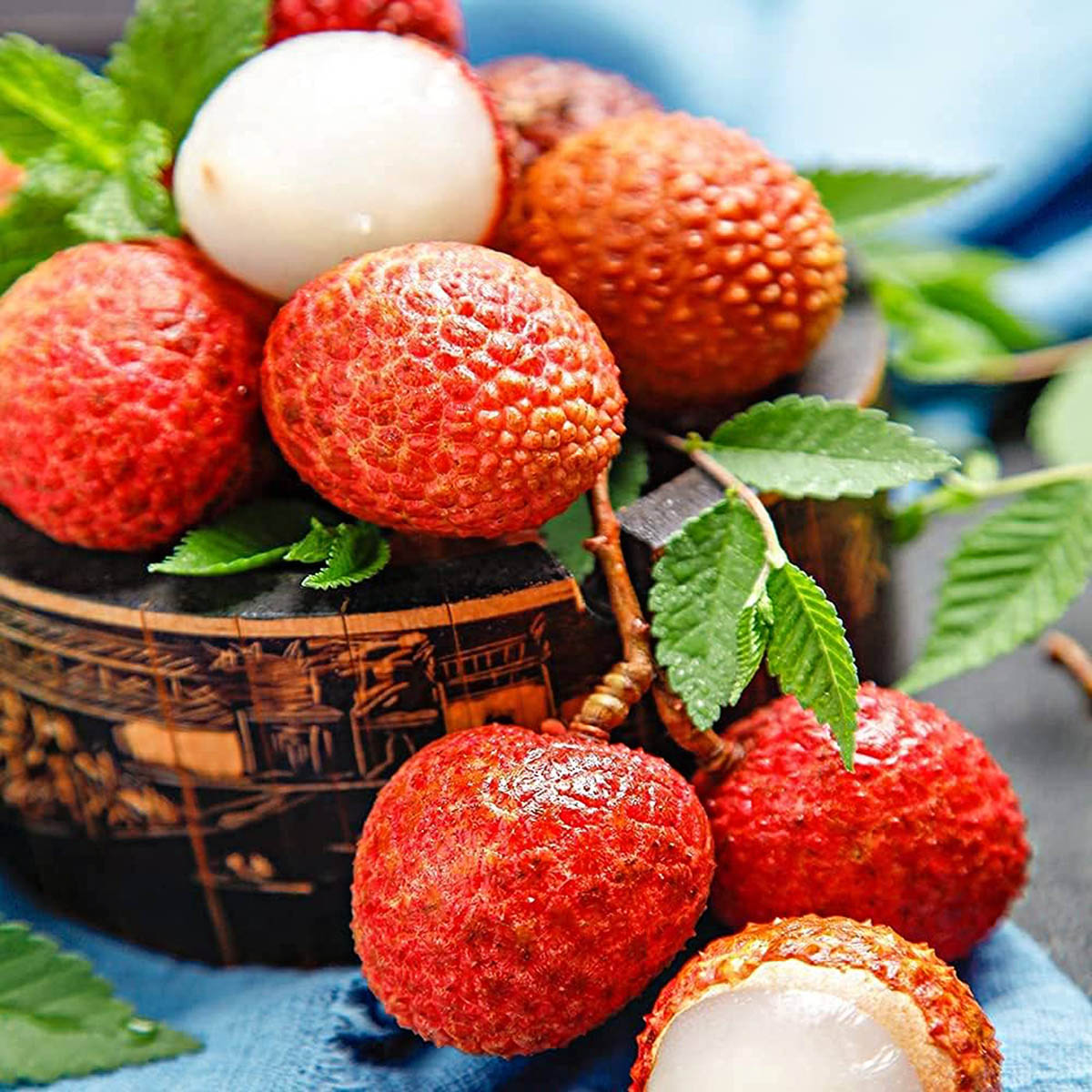
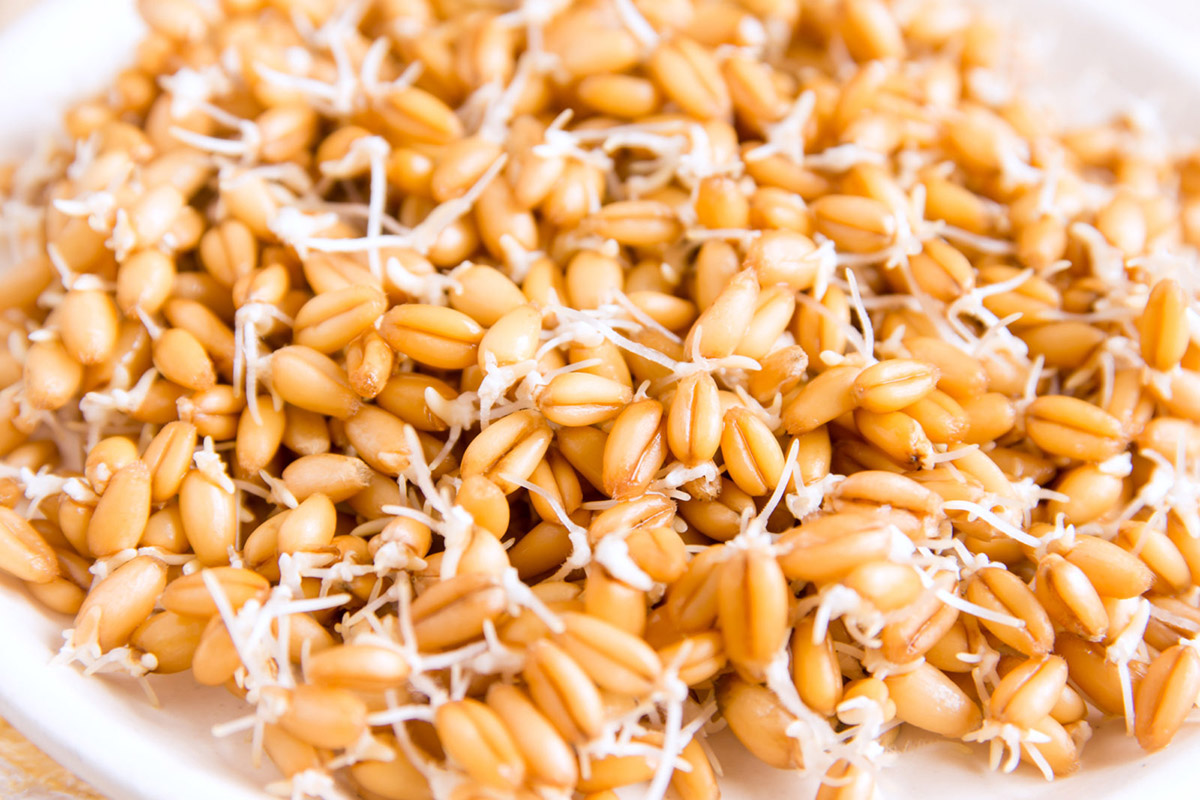
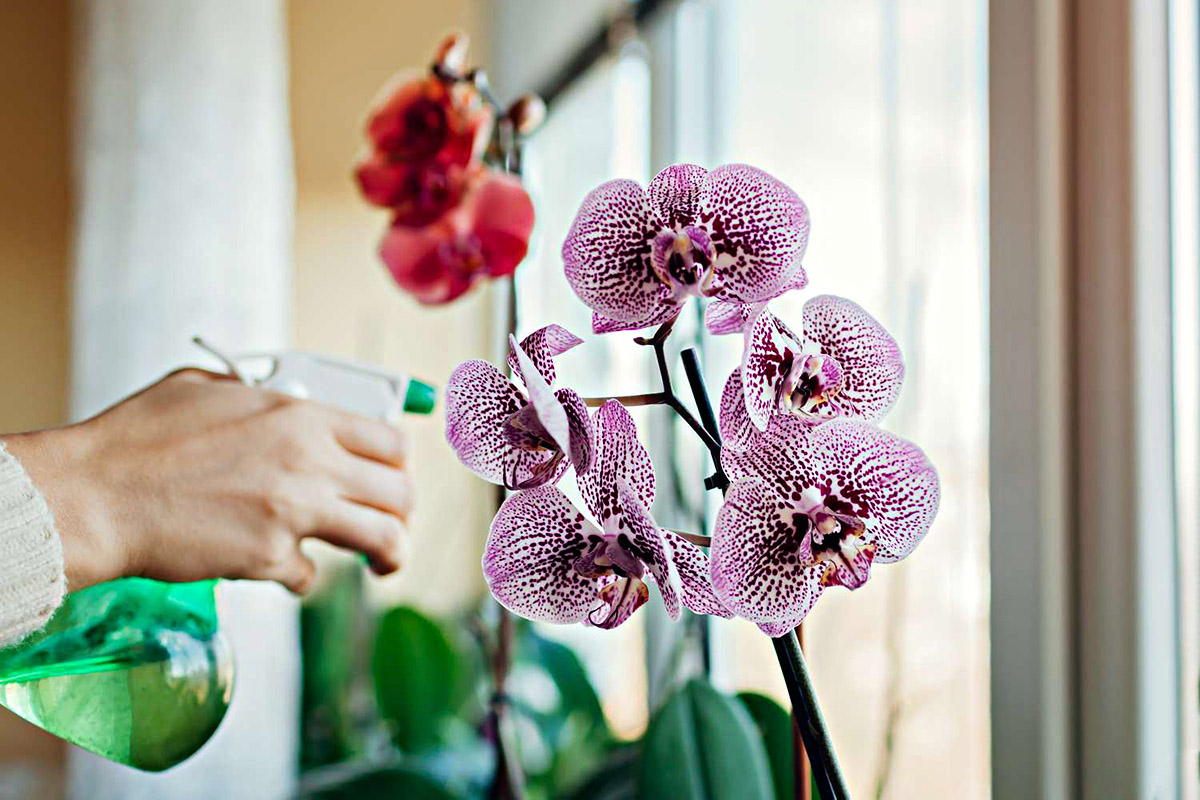
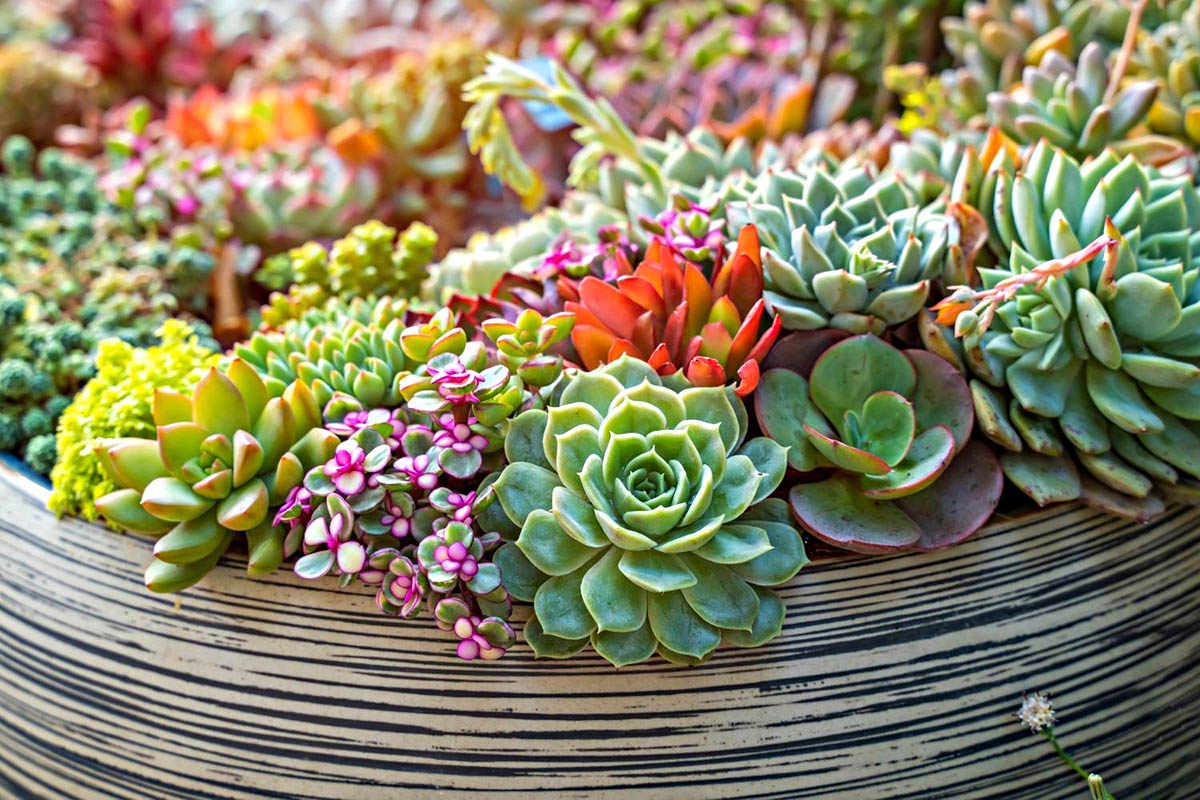
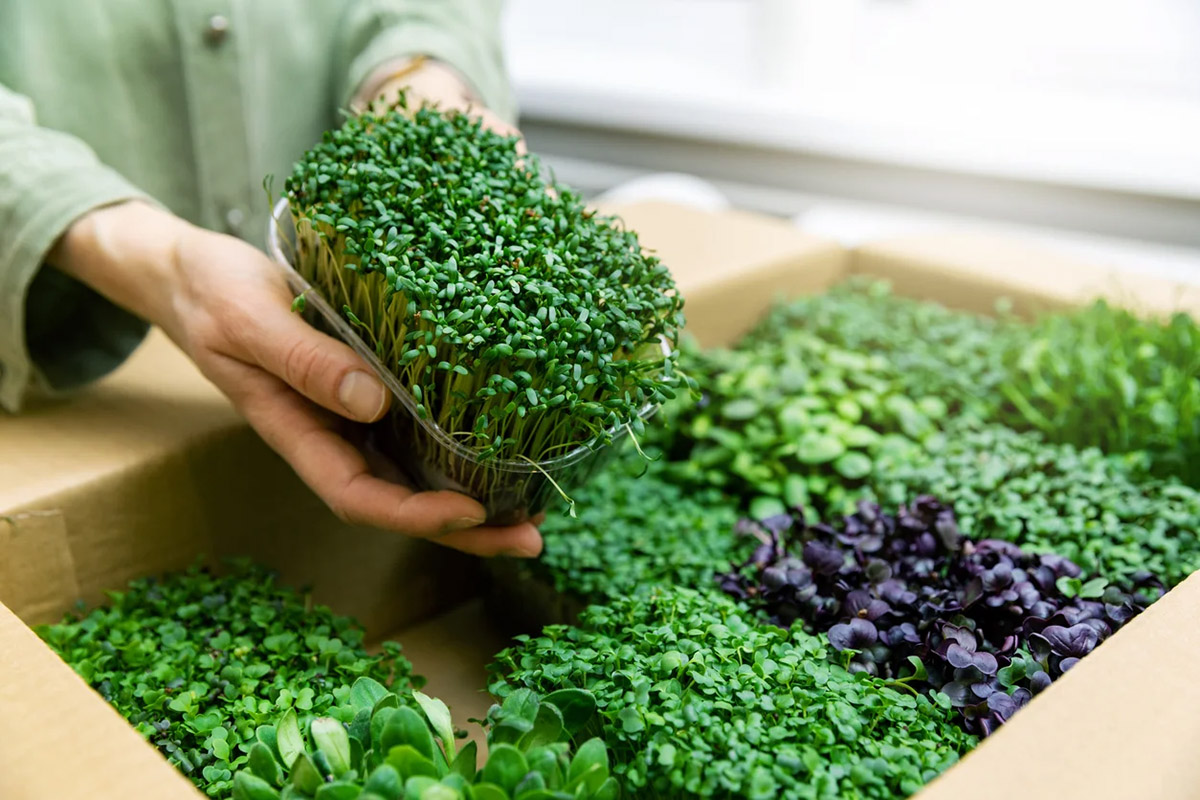

0 thoughts on “How To Germinate Sapote Mamey Africano”